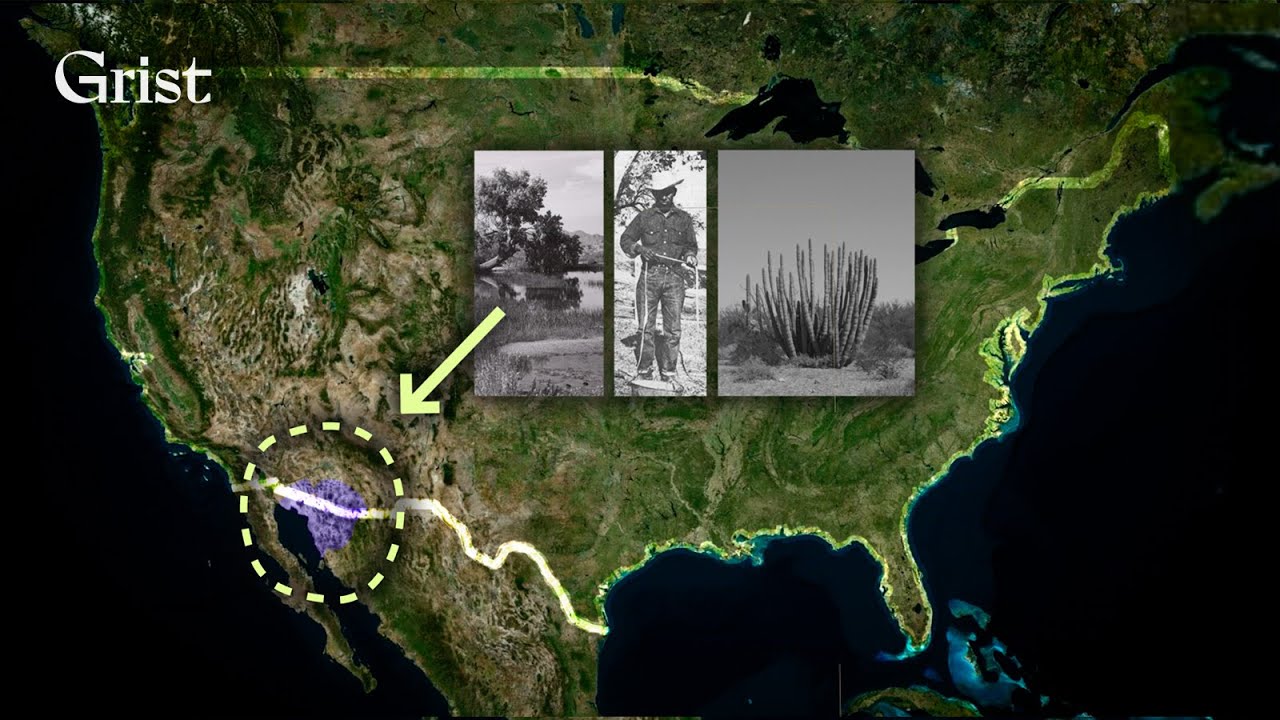- cross-posted to:
- [email protected]
- cross-posted to:
- [email protected]
On a breezy spring day, Lorraine Eiler, a member of the Hia-Ced O’odham tribe, walked with me around the border of Quitobaquito Springs — a strawberry-shaped oasis in the Sonoran Desert near Pima County, Arizona. Her family has lived in the area for generations.
“If you do research on Quitobaquito, the majority of times you will read about the cattlemen that lived here in the area, about the people that went through Quitobaquito,” she said. “You hear nothing about the fact that it’s an old Indian village. It was abundant. Now, it’s just … well, you see what it looks like.”
The first thing you notice most about Quitobaquito Springs is the trees. It’s the only source of water for miles in the desert and the lush vegetation around it is stark against the dry tan and khaki landscape and occasional organ pipe cactus. The second thing you notice: the border wall, 30 feet tall, just feet from the water’s edge. I asked Eiler how the landscape compares to her early memories of the site.
Read the written version of this story on Grist: https://grist.org/video/quitobaquito-springs-national-park-service-border-indigenous-water-protection/
YouTube link: https://www.youtube.com/watch?v=Tia-adxtNAU
I found a YouTube link in your post. Here are links to the same video on alternative frontends that protect your privacy:


